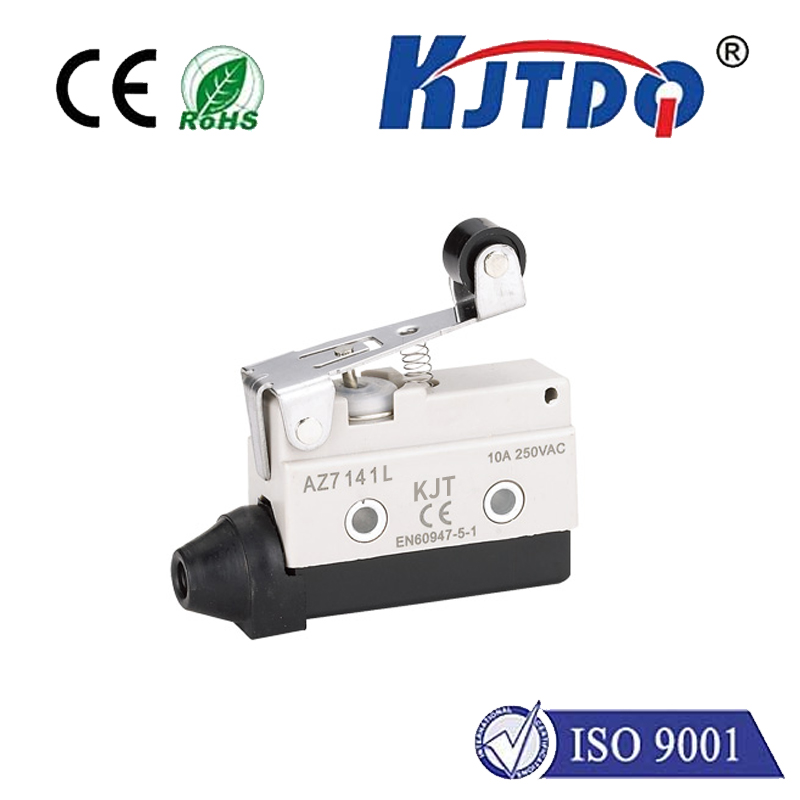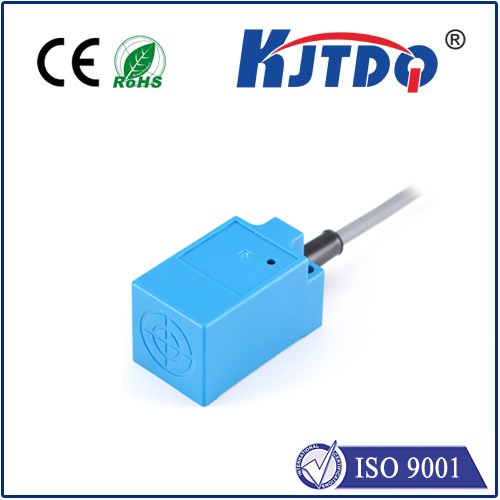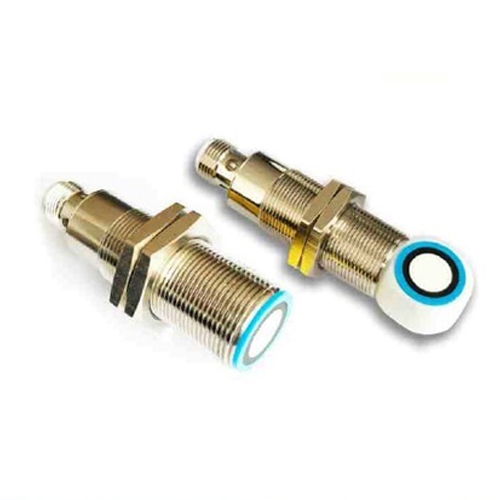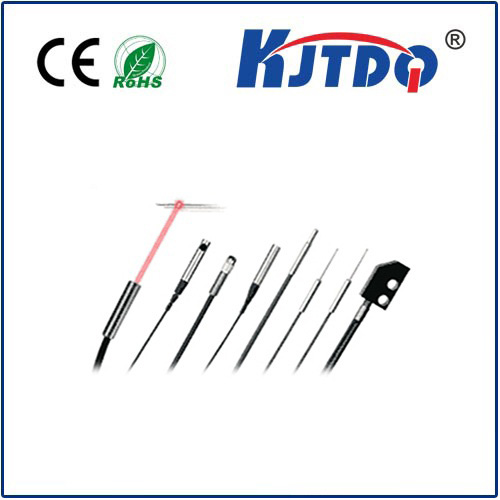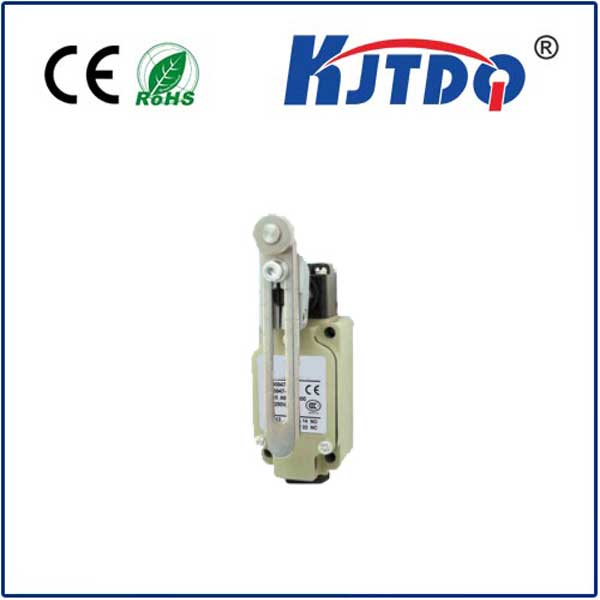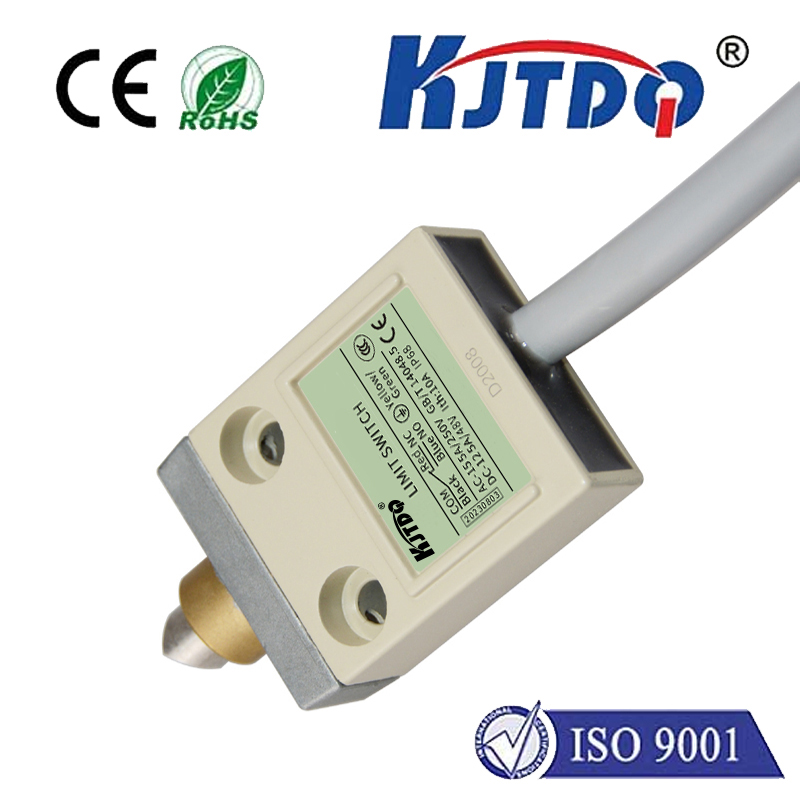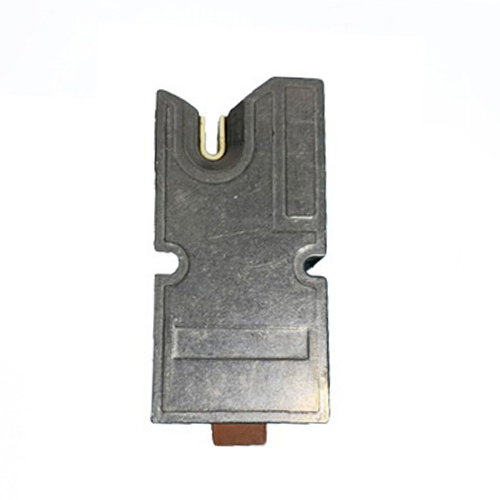rfid proximity sensor
- time:2025-06-12 19:43:31
- Click:0
RFID Proximity Sensors: The Silent Enablers of Modern Convenience and Security
Imagine unlocking your office door simply by walking towards it, paying for groceries with a tap, or tracking valuable assets without a single scan. This seamless interaction is often powered by an unsung hero: the RFID proximity sensor. More than just a buzzword, this technology is fundamentally reshaping how we interact with objects, data, and security systems, offering unparalleled contactless identification at close range. Understanding its workings, benefits, and diverse applications reveals why it’s becoming ubiquitous across industries.
Demystifying the Core Technology
At its heart, an RFID (Radio Frequency Identification) proximity sensor system comprises three key elements:
- RFID Reader: The “brain” of the system, equipped with an antenna. It generates the radio frequency (RF) field and communicates with tags.
- RFID Antenna: Attached to the reader, it emits the RF signals and captures the responses from tags within its proximity. The antenna’s design and placement directly influence the effective read range.
- RFID Tag (or Transponder): A small device attached to an object, containing a microchip (storing unique identification data) and an antenna. Tags are categorized as passive (powered solely by the reader’s signal), active (with an internal battery for longer range), or battery-assisted passive (BAP).
The magic of RFID proximity lies in wireless communication. When a tag enters the electromagnetic field generated by the reader’s antenna, it absorbs energy (in the case of passive/BAP tags), powers up its microchip, and transmits its stored data back to the reader via radio waves. This entire process happens instantly and without any physical contact or line-of-sight requirement, differentiating it significantly from traditional barcodes.

Why RFID Proximity Sensors Reign Supreme: Key Advantages
The unique characteristics of RFID proximity sensors translate into compelling advantages:
- Effortless, Contactless Operation: The core benefit. Users or objects don’t need to physically swipe, scan, or touch anything. Authentication or identification happens automatically within the designated proximity range. This enhances user experience and enables automation.
- Blazing Speed & Efficiency: Reading an RFID tag takes milliseconds. This enables rapid processing of individuals (like access control turnstiles) or high-speed scanning of multiple items simultaneously (bulk reading), drastically improving throughput in logistics or inventory management.
- Line-of-Sight Not Required: Unlike optical barcodes, RFID tags can be read even if obscured by packaging, dirt, snow, or non-metallic materials (within limits). This offers immense flexibility in tagging location and application scenarios.
- Robustness & Durability: Many RFID tags, especially passive ones encapsulated in plastic or epoxy, are designed to withstand harsh environments, including moisture, dust, chemicals, and temperature variations, making them ideal for industrial or outdoor use.
- Enhanced Security Potential: Unique identifiers and potential for encryption on tags offer better security than simple visual credentials. Combined with proximity control, they form a robust layer for access management systems. Specific protocols (like NFC - a subset of RFID) enable secure data exchange.
- Automation Enabler: The ability to trigger actions based solely on proximity unlocks countless automation possibilities, from starting machines when tagged tools are present to managing inventory levels in real-time.
Transformative Applications Across Sectors
The power of proximity sensing through RFID drives innovation in numerous fields:
- Access Control & Security: The most visible application. RFID proximity cards or key fobs grant seamless entry to buildings, rooms, parking garages, or secure areas (physical access control). Replacing traditional keys or codes enhances both security and convenience.
- Contactless Payments & Ticketing: NFC-enabled smartphones or cards leverage RFID proximity for tap-and-go payments in retail, transport (transit cards), and event ticketing, speeding up transactions and improving hygiene.
- Smart Retail & Inventory Management: Tagging individual items allows for lightning-fast inventory counts, real-time stock visibility, loss prevention, automated checkouts, and smart shelves that detect out-of-stocks or misplaced items.
- Industrial Automation & Logistics: Tracking tools, work-in-progress (WIP), pallets, and containers throughout the supply chain using RFID proximity sensors enables precise asset visibility, reduces manual handling errors, optimizes workflows like automated assembly line tracking, and improves warehouse efficiency.
- Asset Tracking: Monitoring the location and status of high-value equipment (IT assets, medical devices, rental items, tools) within defined zones becomes efficient, preventing loss and optimizing utilization.
- Healthcare Efficiency: Managing patient flow, tracking medical equipment (infusion pumps, wheelchairs), ensuring correct medication administration, and maintaining specimen integrity are enhanced through proximity-based RFID solutions. Patient identification bracelets improve safety.
- Vehicle Identification: RFID tags in windshield stickers enable automated toll collection (ETC systems), secure access to gated communities or corporate campuses, and efficient fleet management.
Key Considerations for Implementation
While powerful, deploying RFID proximity sensors effectively requires careful planning:
- Frequency Matters: LF (125 kHz), HF (13.56 MHz - includes NFC), and UHF (860-960 MHz) bands offer different read ranges, speeds, and material penetration capabilities. HF is common for proximity cards/NFC, while UHF excels in longer-range inventory/asset tracking.
- Understanding Read Range: “Proximity” varies greatly – from a few centimeters (typical access cards) to several meters (UHF asset tracking). Define the required operational range precisely.
- Tag Selection: Choose tags based on the target object (material, size, surface), required read range, environmental conditions, and memory/data needs.
- Environment & Interference: Metal surfaces and liquids can detune tags or block signals. Careful tag placement and testing are crucial. RF interference from other devices must also be managed.
- Security Integration: For sensitive applications, ensure the system employs strong encryption and authentication protocols tailored for proximity authentication or data transfer.
- Reader & Antenna Configuration: Proper placement, power settings, and antenna polarization significantly impact system performance and reliability. Consider multi-antenna setups for wider coverage.
The Invisible Hand of Modern Interaction
RFID proximity sensors operate quietly, often unnoticed, yet their impact on efficiency, security, and convenience is undeniable. From the seamless entry to your workplace and the swift tap of your payment card to the intricate orchestration of global supply chains, this technology is the invisible enabler. By harnessing the power of contactless, automated identification at close range, businesses and organizations unlock new levels of operational intelligence, asset control, and user experience. As sensor technology evolves, offering longer ranges, smaller sizes, and smarter capabilities, the applications for RFID proximity will only continue to expand, embedding this silent facilitator ever deeper into the fabric of our interconnected world.






